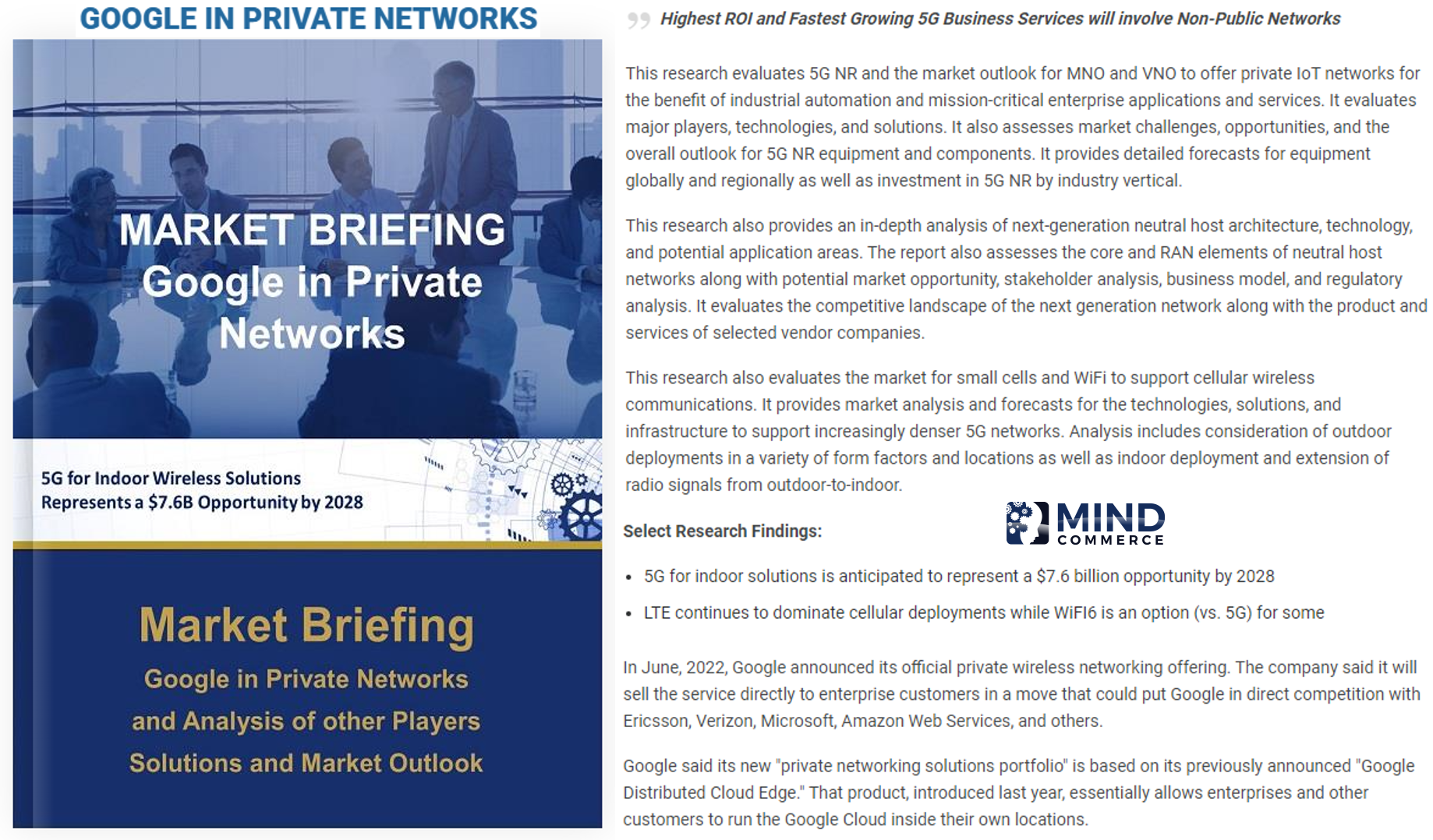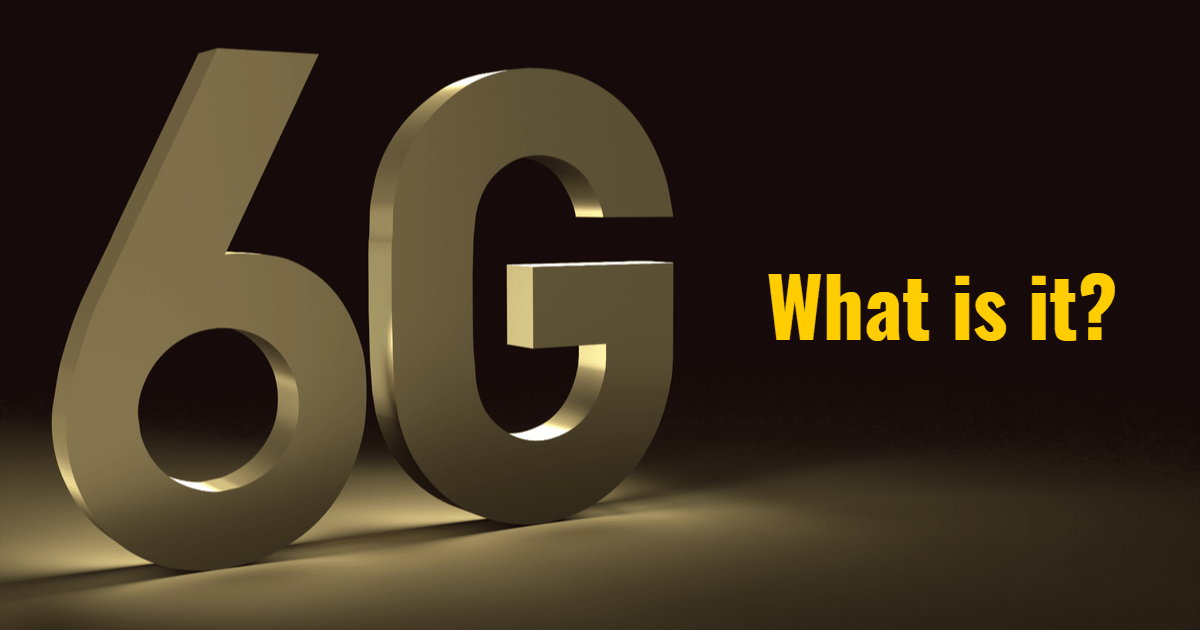Mind Commerce Series on ICT Infrastructure and Services
The below article is provided as part of the Mind Commerce ICT infrastructure research practice covering Telecommunications Signaling and Control. This edition focuses on Packet Switching.
Synopsis of Packet Switching
The World Wide Web uses a form of packet switching to transport data and information between devices. Next generation telecommunications networks also use different forms of packet switching for next generation infrastructure and services.
Compared to traditional circuit-switched networks, packet switching offers many advantages including greater economies of scale and cost savings. Session Initiation Protocol (SIP) is an important example of packet switching used for Voice over Internet Protocol (VoIP) as well as many elements of next generation ICT infrastructure.
Packet Switching vs. Traditional Switching
The Public Switched Telecommunications Network (PSTN) that supports Plain Old Telephone Service (POTS) has historically relied upon circuit switching, which entails tying up a telecom resource (or circuit) such as a T-1 channel facility for the duration of a voice/data session, even if nobody is currently speaking or no data is being transmitted.
Traditional PSTN-based circuit switching relies upon Time Division Multiplexing (TDM), an in-band signaling methodology in which transmission of information occurs by means of synchronized switches at each respective end of the signal path.
With packet switching, information is sent in bursts called packets, providing more efficient operation, as the circuit is only utilized when data is being transmitted.
Unlike circuit switching, which uses a dedicated path for transmission (from point “A” to point “B”), packet switching takes advantage of routing schemes that allow information to be routed over multiple, diverse paths to get from origination to destination.
The Internet Protocol (IP) is an example of a packet switching
One example of a packet-switched protocol is Transmission Control Protocol (TCP) and the Internet Protocol (IP), commonly referred to as TCP IP and relied upon by IP-based technologies to interconnect network devices on the public Internet and private IP-based networks.
Another example is Signaling System number Seven (SS7), although unlike the Internet that routes packets over many paths via routers, SS7 routes packets over finite routes that are carefully safeguarded for security purposes.
Packet Switching Advantages
There are a few key advantages of packet switching. One of the main economic advantages is resource optimization through more effective usage for shared access networks (such as the Web) and more efficient use of dedicated networks (such as SS7).
Additional technical advantages include:
- Capacity Improvements: Data speed improvements due to efficiency gain and ability to take advantage of greater available bandwidth than circuit-switched connections
- Enhanced Error Handling: Full error control and flow control is enabled with packet switching as data packets with errors can be discarded and retransmitted.
- Survivability: Packet-switched networks are generally more survivable. For example, they provide protection from intermediate node failure. If a node goes down, data can be rerouted across another path.
One distinct inherent disadvantage of packet switching was initially a hurdle for Voice over IP (VoIP). Packet switching does not natively work very well for latency-dependent services such as voice, thus making VoIP difficult without network enhancements to manage quality of service requirements.
Session Initiation Protocol
Critically important for next generation services and infrastructure, such as VoIP and IP Multimedia Subsystem (IMS) respectively, Session Initiation Protocol (SIP) represents a packet switched, application-layer protocol relied upon for signaling and control in IP-based telecommunication networks.
One challenge worth noting with SIP is that it was not designed to interoperate natively with certain legacy telecommunications network infrastructure elements such as Service Control Points (SCP) for communications with core database functions such as toll-free numbers, calling name ID, and others. Accordingly, there was a need for providers of those database services and others to enable queries from SIP for data in addition to the native SS7 protocols.
Learn More about Packet Switching
We encourage you to learn more about Packet Switching and related topics. Visit our other articles in related areas such as ICT Infrastructure and supporting technologies.








Leave A Comment
You must be logged in to post a comment.